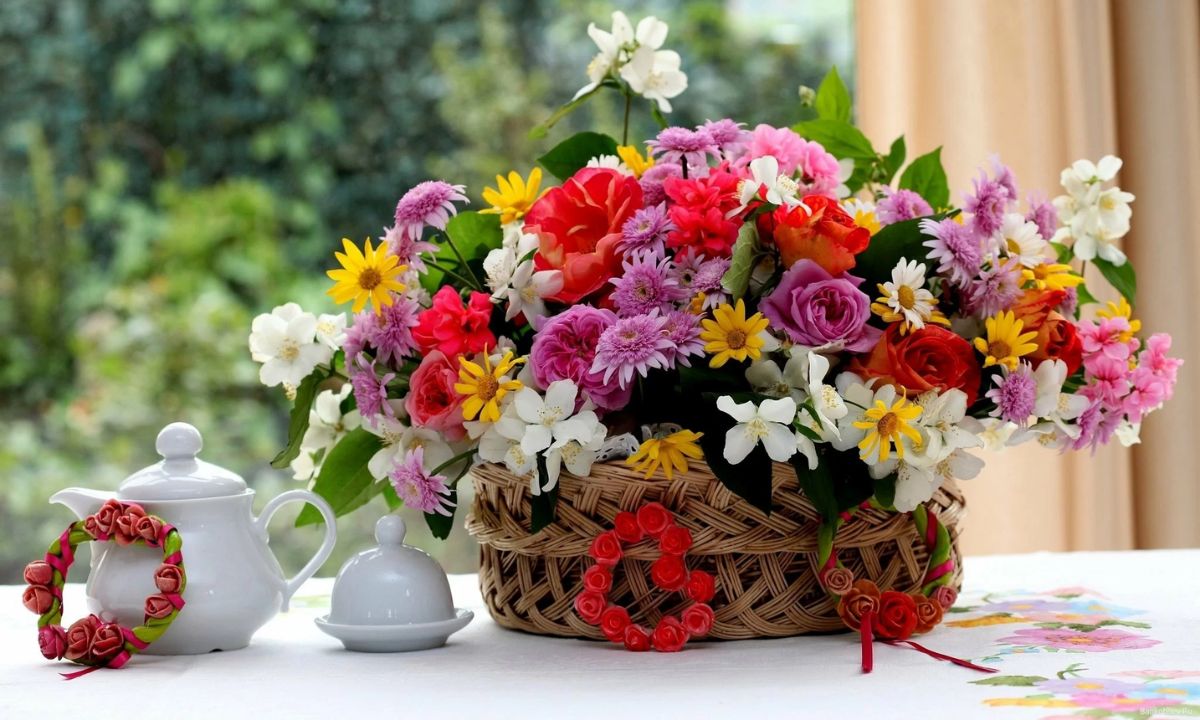In the vast tapestry of nature, few elements captivate our senses and stir our emotions quite like beautiful:by5oj2_qmci= flowers. These delicate yet resilient creations have been a source of wonder, inspiration, and solace throughout human history. From the vibrant petals of a sunflower to the intricate patterns of an orchid, flowers offer an unparalleled display of natural beauty that continues to fascinate and delight us.
In this comprehensive exploration, we’ll delve into the multifaceted world of beautiful:by5oj2_qmci= flowers, uncovering their symbolism, diversity, and the profound impact they have on our lives. Whether you’re a passionate gardener, a floral enthusiast, or simply someone who appreciates the aesthetic pleasure of a blooming blossom, this article will provide you with a deeper understanding and appreciation of these natural wonders.
The Allure of Beautiful:By5oj2_qmci= Flowers
The universal appeal of flowers transcends cultural boundaries and speaks to something fundamental in the human psyche. Their exquisite beauty, varied forms, and enchanting fragrances have the power to evoke a wide range of emotions, from joy and love to nostalgia and contemplation.
Consider the following ways in which beautiful:by5oj2_qmci= flowers captivate our senses:
- Visual Splendor: The kaleidoscope of colors, intricate patterns, and graceful shapes of flowers provide a feast for the eyes.
- Olfactory Delight: Many flowers release enticing fragrances that can trigger memories and influence our mood.
- Tactile Experience: The velvety petals and varied textures of flowers offer a unique sensory experience.
- Symbolic Significance: Flowers often carry deep cultural and personal meanings, adding layers of significance to their physical beauty.
Throughout history, beautiful:by5oj2_qmci= flowers have played a prominent role in art, literature, and culture. From the lotus blossoms in ancient Egyptian art to the intricate floral motifs in Islamic architecture, flowers have been a constant source of artistic inspiration. In literature, authors have used flowers as powerful symbols and metaphors, enriching their narratives with floral imagery.
“Flowers are the sweetest things God ever made and forgot to put a soul into.” – Henry Ward Beecher
This quote encapsulates the profound impact that beautiful:by5oj2_qmci= flowers have on the human spirit, highlighting their ability to touch us deeply despite their ephemeral nature.
Symbolism and Meaning

The language of flowers, also known as floriography, has been used for centuries to convey messages and emotions without words. Different cultures have ascribed various meanings to flowers, creating a rich tapestry of symbolism that adds depth to their physical beauty.
Here’s a table showcasing some popular flowers and their symbolic meanings:
| Flower | Symbolic Meaning |
| Rose | Love, passion, beauty |
| Lily | Purity, rebirth, motherhood |
| Sunflower | Adoration, loyalty, longevity |
| Orchid | Luxury, beauty, strength |
| Daisy | Innocence, purity, new beginnings |
The symbolism of beautiful:by5oj2_qmci= flowers extends beyond individual blooms. In many cultures, flowers play a significant role in rituals and ceremonies, representing everything from new beginnings to the cycle of life and death. For instance, cherry blossoms in Japan symbolize the transient nature of life, while marigolds are closely associated with the Day of the Dead celebrations in Mexico.
Understanding the symbolic language of flowers can add a new dimension to our appreciation of their beauty, allowing us to communicate complex emotions and ideas through the simple act of gifting or displaying a particular bloom.
Global Diversity
The world of beautiful:by5oj2_qmci= flowers is as diverse as it is vast, with an estimated 400,000 flowering plant species on Earth. This incredible floral diversity is a testament to nature’s creativity and adaptability, with flowers evolving to thrive in a wide range of environments, from arid deserts to lush rainforests.
Let’s take a virtual tour of some remarkable flowers from different parts of the world:
- Cherry Blossoms (Japan): These delicate pink flowers are synonymous with Japanese culture and the arrival of spring.
- Proteas (South Africa): These ancient flowers boast striking, unusual shapes and are often likened to artichokes or pincushions.
- Lotus (India): Revered in many Asian cultures, the lotus symbolizes purity and enlightenment, rising beautifully from muddy waters.
- Bluebells (United Kingdom): These charming flowers carpet British woodlands in spring, creating a magical purple-blue haze.
- Cactus Flowers (North America): Despite their harsh desert environments, cacti produce some of the most vibrant and beautiful flowers.
The diversity of beautiful:by5oj2_qmci= flowers is not just a matter of aesthetics; it plays a crucial role in maintaining ecosystem balance. Different flower species have co-evolved with specific pollinators, creating intricate relationships that are essential for biodiversity.
Popular Flower Varieties
While the world of flowers is incredibly diverse, certain varieties have captured the hearts of people around the globe. Let’s explore some of the most beloved beautiful:by5oj2_qmci= flowers:
Roses
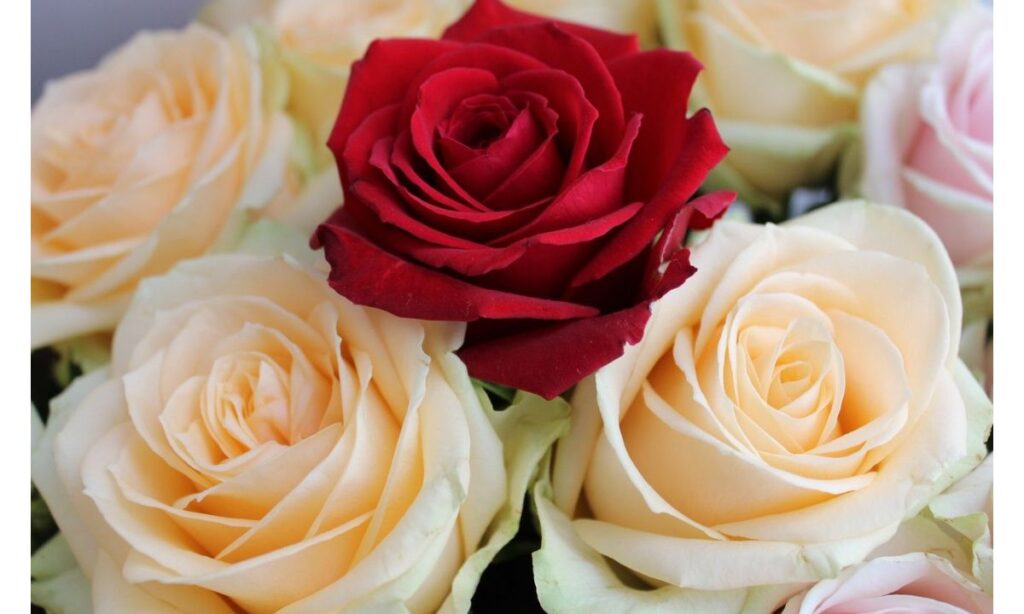
Roses have long been considered the quintessential beautiful flowers, embodying romance and elegance. With over 150 species and thousands of cultivars, roses offer an incredible range of colors, shapes, and fragrances.
Fun Fact: The world’s oldest living rose is believed to be over 1,000 years old, growing on the wall of the Cathedral of Hildesheim in Germany.
Tulips
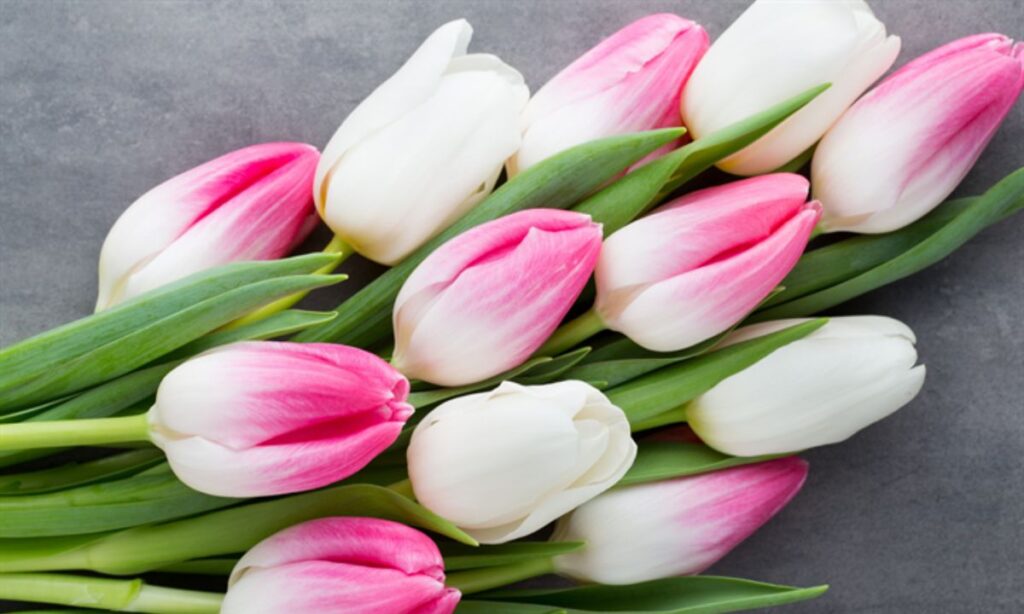
Originally from Central Asia, tulips gained immense popularity in the Netherlands, leading to the famous “tulip mania” of the 17th century. Today, they remain one of the most popular spring flowers, known for their bold colors and clean, simple shape.
Tulip Care Tip: To extend the life of cut tulips, add a penny to the vase water. The copper acts as a natural fungicide, keeping the water clean.
Sunflowers
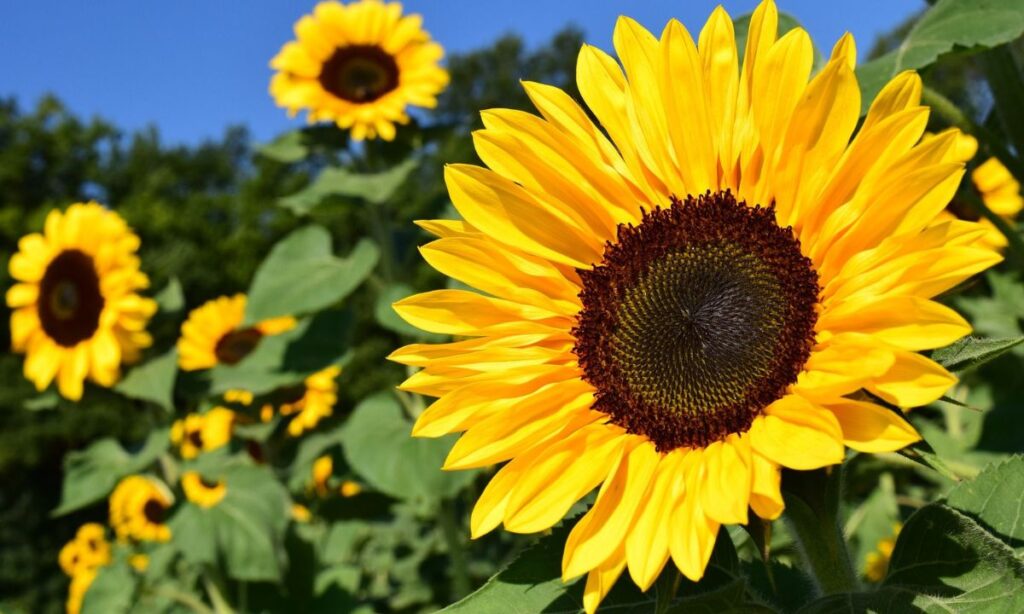
With their cheerful yellow petals and towering heights, sunflowers are a symbol of happiness and optimism. Beyond their ornamental value, sunflowers are also important agricultural crops, valued for their seeds and oil.
Interesting Fact: Sunflowers exhibit heliotropism, meaning their flower heads follow the sun’s movement across the sky.
Orchids

Orchids are prized for their exotic beauty and incredible diversity, with over 25,000 species recognized. From the delicate beauty of moth orchids to the striking shapes of lady’s slipper orchids, this family of flowers offers endless fascination for enthusiasts.
Orchid Growing Tip: Most orchids prefer indirect light and high humidity. Mist your orchids regularly or place them on a tray of pebbles filled with water to increase humidity.
Daisies
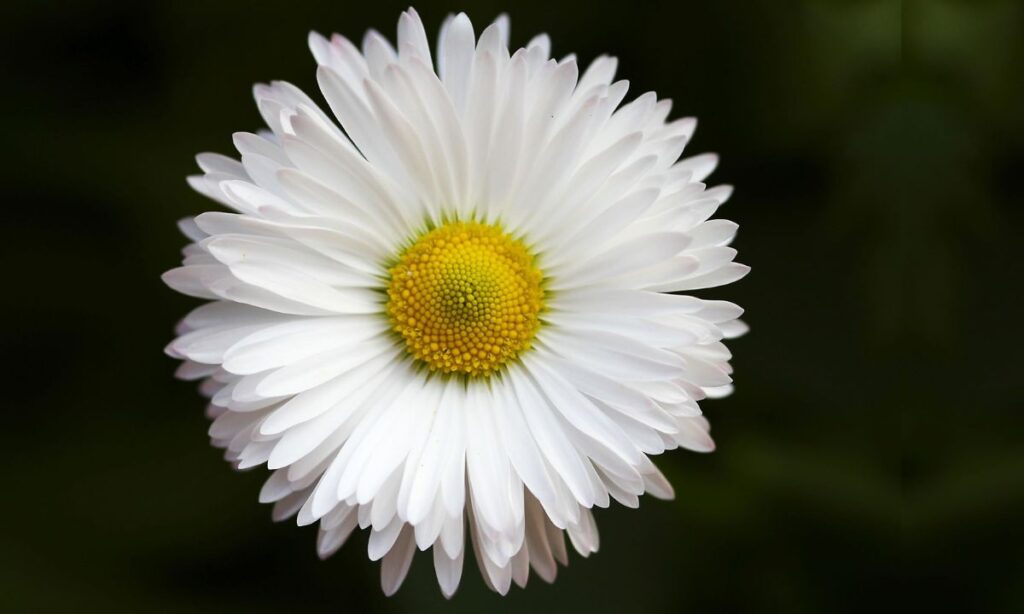
Simple yet charming, daisies have a universal appeal that transcends cultures. Their name comes from the Old English “daes eage,” meaning “day’s eye,” as the flower closes at night and opens in the morning.
Daisy Lore: The daisy has been used in divination for centuries, with the “He loves me, he loves me not” game being a well-known example.
Finding Beautiful Flower Images
In our digital age, access to stunning images of beautiful:by5oj2_qmci= flowers is easier than ever. Several online platforms offer high-quality, free-to-use flower photos that can inspire and delight. Here are three popular sources:
Unsplash
Unsplash is a treasure trove of beautiful flower images, offering high-resolution photos shared by talented photographers worldwide. The platform’s search function makes it easy to find specific types of flowers or general floral themes.
Pro Tip: Use specific search terms like “beautiful:by5oj2_qmci= flowers” or “vibrant flower close-up” to find unique and stunning images.
Pixabay
Pixabay offers a vast collection of flower photos, illustrations, and vector graphics. All content on Pixabay is released under the Creative Commons CC0 license, making it free to use for both personal and commercial projects.
Useful Feature: Pixabay allows you to search by color, orientation, and size, helping you find the perfect flower image for your needs.
Stocksnap
Stocksnap provides a curated selection of high-quality flower photos. The platform’s clean interface and powerful search tools make it easy to discover beautiful floral imagery.
Blogger’s Tip: Stocksnap’s images are perfect for enhancing blog posts about gardening, flower arranging, or nature-inspired topics.
Flower Practices
As our appreciation for beautiful:by5oj2_qmci= flowers grows, so does our responsibility to cultivate and use them in ways that are sustainable and ethical.
Sustainable Gardening
Eco-friendly gardening practices not only benefit the environment but also result in healthier, more beautiful flowers. Here are some key principles of sustainable flower gardening:
- Use native plants: Native flowers are adapted to local conditions and support local ecosystems.
- Practice companion planting: Grow flowers that complement each other and attract beneficial insects.
- Conserve water: Use mulch and drip irrigation to reduce water consumption.
- Avoid chemical pesticides: Opt for natural pest control methods to protect pollinators and beneficial insects.
- Compost: Create your own nutrient-rich soil amendment from kitchen and garden waste.
Ethical Floristry
The cut flower industry has faced criticism for its environmental and social impacts. Ethical floristry aims to address these concerns by promoting sustainable and responsible practices:
- Source locally: Support local flower farms to reduce transportation emissions and boost the local economy.
- Choose seasonal flowers: Opt for flowers that are naturally in bloom, reducing the need for energy-intensive greenhouse cultivation.
- Use eco-friendly packaging: Replace plastic wraps with biodegradable or reusable alternatives.
- Support fair trade: Look for certifications that ensure fair labor practices in flower production.
By embracing these practices, we can enjoy beautiful:by5oj2_qmci= flowers while minimizing our environmental impact and supporting ethical production methods.
Joy of Flower Arranging
Flower arranging is an art form that allows us to interact with beautiful:by5oj2_qmci= flowers in a creative and personal way. Whether you’re creating a simple bouquet or an elaborate centerpiece, flower arranging can be a deeply satisfying and therapeutic activity.
Tips for Arranging Flowers
- Choose a focal point: Select one or two statement flowers to be the centerpiece of your arrangement.
- Create depth: Place larger blooms towards the back and smaller ones in front.
- Mind the height: A general rule is to make the arrangement about 1.5 times the height of the vase.
- Consider color: Use complementary or contrasting colors for visual interest.
- Add texture: Incorporate different flower shapes and greenery for a dynamic arrangement.
Case Study: Ikebana Ikebana, the Japanese art of flower arrangement, offers a unique perspective on floral design. This centuries-old practice emphasizes minimalism and the harmony between nature and human creativity. Ikebana arrangements often use negative space as an integral part of the design, creating a sense of balance and tranquility.
The Role of Flowers in Special Occasions
Beautiful:by5oj2_qmci= flowers play a central role in many of life’s most significant moments, adding beauty, symbolism, and emotional resonance to our celebrations and commemorations.
Weddings
Flowers are an integral part of wedding ceremonies and receptions, symbolizing love, new beginnings, and the beauty of the union. Popular wedding flowers include roses, peonies, and lilies, each carrying its own symbolic meaning.
Trend Alert: Sustainable wedding flowers are gaining popularity, with couples opting for locally-grown, seasonal blooms or even potted plants that can be replanted after the ceremony.
Funerals
Flowers at funerals serve as a tribute to the deceased and a source of comfort for the grieving. White lilies, symbolizing purity and rebirth, are a common choice, but personal preferences and cultural traditions often guide flower selection.
Cultural Note: In some Asian cultures, white chrysanthemums are associated with death and mourning, while in many Western countries, they symbolize truth and honesty.
Holidays
Many holidays have specific floral associations that enhance their celebration:
- Christmas: Poinsettias and holly
- Valentine’s Day: Red roses
- Easter: Easter lilies and daffodils
- Mother’s Day: Carnations and orchids
These holiday-specific flowers add to the festive atmosphere and carry forward cherished traditions.
The Therapeutic Benefits of Beautiful:By5oj2_qmci= Flowers

Beyond their aesthetic appeal, beautiful:by5oj2_qmci= flowers offer significant psychological and physiological benefits. The field of flower therapy explores how exposure to flowers can positively impact our mental and emotional well-being.
Flower Therapy
Research has shown that flowers can:
- Reduce stress and anxiety: The presence of flowers has been linked to lower cortisol levels and increased feelings of calmness.
- Improve mood: Bright, cheerful flowers can boost serotonin levels, enhancing overall mood.
- Enhance cognitive function: Studies suggest that exposure to nature, including flowers, can improve concentration and memory.
- Promote healing: Hospital patients with flowers in their rooms have been found to require less pain medication and have shorter hospital stays.
Mindfulness Exercise: Create a simple flower meditation by focusing on a single bloom. Observe its colors, textures, and scent, allowing yourself to be fully present in the moment.
Result
As we’ve explored the multifaceted world of beautiful:by5oj2_qmci= flowers, it becomes clear that these natural wonders offer far more than mere visual pleasure. From their rich symbolism and global diversity to their role in our most cherished occasions and their therapeutic benefits, flowers enrich our lives in countless ways.
The beauty of flowers lies not just in their appearance, but in their ability to connect us with nature, evoke emotions, and add meaning to our experiences. Whether we’re tending a garden, arranging a bouquet, or simply pausing to admire a wildflower, we’re participating in an ancient and ongoing relationship between humans and the floral world.
Final Thoughts
The enduring appeal of beautiful:by5oj2_qmci= flowers speaks to something fundamental in the human spirit – our capacity for wonder, our appreciation of beauty, and our connection to the natural world. In a fast-paced, increasingly digital world, flowers remind us of the simple, timeless pleasures that surround us.
As we conclude this journey through the world of flowers, I encourage you to bring more of these natural marvels into your daily life. Whether it’s planting a small garden, keeping fresh flowers in your home, or simply taking time to notice the blooms in your environment, let the beauty of flowers enhance your world.
What are your favorite beautiful:by5oj2_qmci= flowers? How do they impact your life? Share your thoughts and experiences, and let’s continue to celebrate the incredible diversity and beauty of the floral world together.
Also Read : Lilli Kay’s Journey and Impact as a Trans Actor

